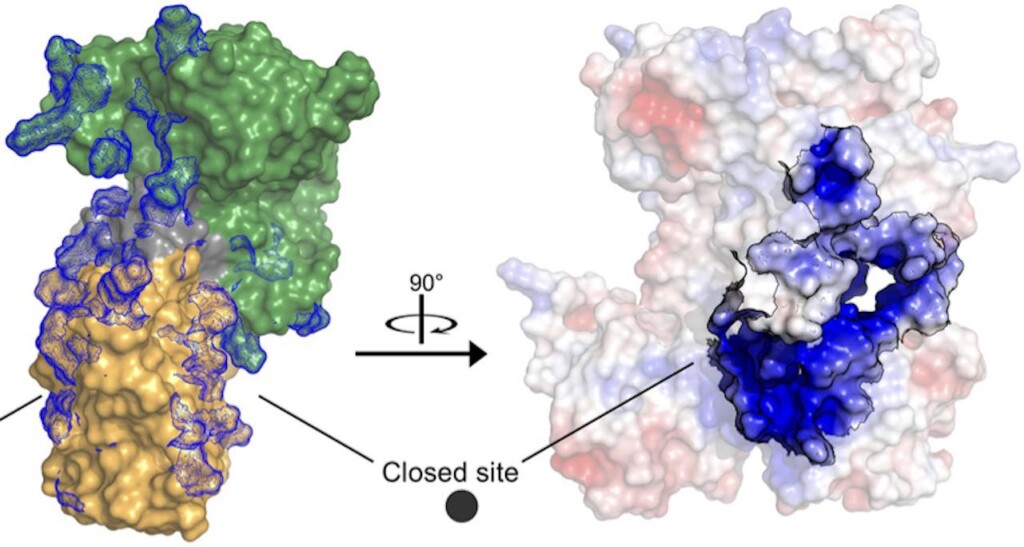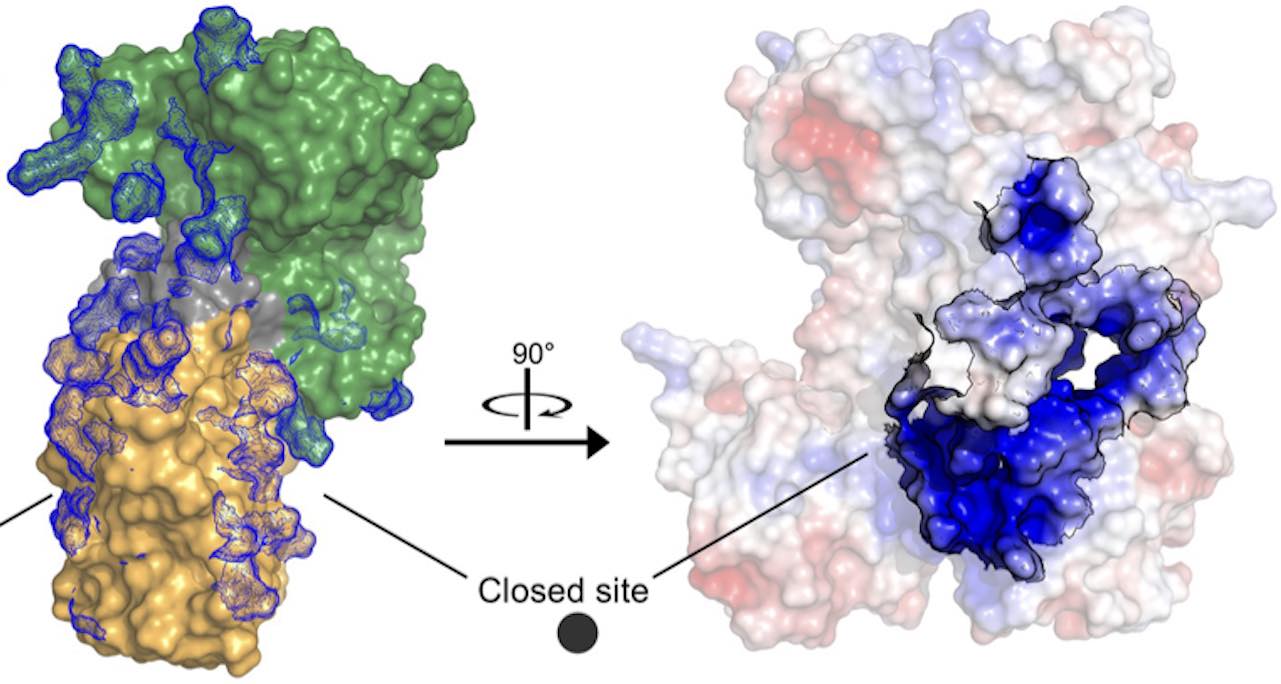
Researchers at Western University have discovered a protein that has an unprecedented ability to stop DNA damage. The discovery could form the basis for developing everything from vaccines against cancer to crops that can withstand increasing drought.
The researchers from the Canadian province of Ontario discovered the protein called DdrC (for DNA Damage Repair Protein C) in a common bacterium called Deinococcus radiodurans. This bacterium has the extremely unusual ability to survive conditions that damage DNA: it can withstand 5,000 to 10,000 times the radiation that would kill a normal human cell.
Lead researcher Robert Szabla says Deinococcus is also excellent at repairing already damaged DNA.
“It’s as if there was a player in the NFL who played every game without a helmet or protective pads,” says Szabla, a doctoral student in the Department of Biochemistry at Western University.
“He suffered a concussion and several broken bones during each game, but then miraculously recovered fully overnight and was fit again in time for practice the next day.” He and his colleagues found that DdrC plays a key role in this healing process.
Every cell has a DNA repair mechanism to fix damage. “If a human cell has more than two breaks in its entire genome, which is a billion base pairs long, it cannot repair itself and dies,” he said in a press release.
“But in the case of DdrC, this unique protein helps the cell repair hundreds of broken DNA fragments into a coherent genome.”
MEDICAL MAGIC: Nanofiber molecules help repair cartilage damage in joints through “tissue regeneration”
Szabla and his team used the country’s most powerful X-ray source, the Canadian Light Source at the University of Saskatchewan, to determine the protein’s 3D shape. They then worked backwards from that shape to better understand its “superpower” of neutralizing DNA damage.
They discovered that DdrC looks for breaks along the DNA and when it finds one, it snaps shut – like a mousetrap. This trapping function has two important functions.
“It neutralizes the DNA damage and prevents the break from causing further damage. And it acts like a little molecular beacon. It tells the cell, ‘Hey, there’s some damage here. Come and fix it.'”
Normally, Szabla says, proteins form complicated networks that allow them to perform a function. DdrC appears to be something of an outlier, as it performs its function all by itself, without the need for other proteins.
REVERSING DEADLY DISEASE: 59-year-old man who suffered from type 2 diabetes for 25 years is cured by stem cells
The team was also curious whether the protein could act as a “plug-in” for other DNA repair systems. They tested this by adding it to another bacterium: E. coli.
“To our great surprise, it actually made the bacterium over 40 times more resistant to UV radiation,” he reported in the results published in the journal Nucleic Acids Research. “This seems to be a rare example where you have a protein and it really is like a standalone machine.”
He says that theoretically, this gene could be introduced into any organism – plants, animals, humans – and should increase the DNA repair efficiency of that organism’s cells.
“The ability to rearrange, edit and manipulate DNA in specific ways is the holy grail of biotechnology,” Szabla said. “What if you had a scanning system like DdrC that monitored your cells and neutralized damage when it occurred? This could form the basis of a potential cancer vaccine.”
The Western team has just started studying Deinococcus.
“DdrC is just one of hundreds of potentially useful proteins in this bacterium. The next step is to dig even deeper and investigate what else this cell uses to repair its own genome – because we are sure to find many more tools that we have no idea how they work or how useful they will be until we study them more closely.”
Breakthrough in the fight against cancer: Cervical cancer study hailed as ‘remarkable’ after simple intervention reduces death rate by 35%
“When we think about cancer treatments today, we always think about treating the disease only after it has already started. What if we could prevent the cancer from starting in the first place?”
Watch his video where he explains it in easy to understand terms…
WELCOME THE EXCITING DISCOVERY by sharing it on social media…

